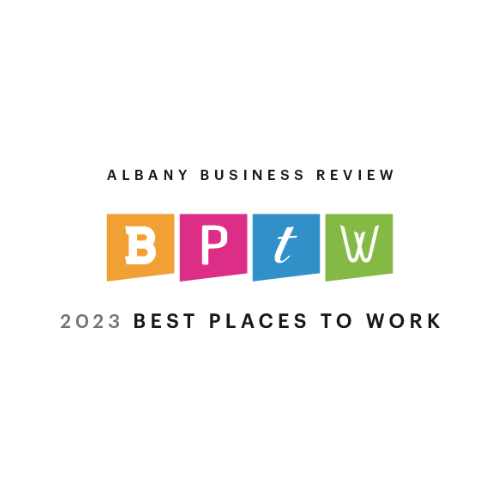The coronavirus global pandemic will be an event that will forever reshape our lives as well as our workplaces. Just as procedures changed for boarding airplanes after September 11, 2001, so will the impact of this virus change the way we live and work.
Employers who think they will just open the doors, turn on the lights, and welcome back employees to “business as usual” may be in for a huge surprise. Returning employees will experience a new work-life, perhaps for the long term.
We expect that federal, state, and local governments will issue mandatory directives on the policies and procedures needed to welcome employees back to your workplace. One of the potential mandatory directives will be that employers have a “reopening plan” ready to submit to a regulatory agency.
As businesses return to work in large numbers from either full or partial shutdowns, employers will need to rethink, reinvent, respond, and reestablish a new regular work life. This will most certainly include the introduction of social distancing measures, reevaluating on-site v. remote staffing needs, shift changes, enhanced cleaning procedures, and personal protective equipment.
Employers will have to consider measures to make their workplaces safe for both employees and the public. For example, if you work in the hospitality industry, a risk assessment for your business may include the installation of plexiglass barriers or providing gloves and masks to your employees.
As employees return to work, they will have different priorities formed by the pandemic, working remotely or sheltering in place. We believe those priorities will include maintaining social distancing at the office through experimentation with work setting and being offered more flexibility in work schedules.
We recommend that employers consider the following questions as they begin to develop their reopening plan:
- Does the finished plan meet government guidelines at the federal, state, and local levels?
- Is my business an essential business?
- Is my business as a whole or in part “customer-facing”?
- Am I making an assessment of risk to employees and the public based upon industry and workplace
- Are work areas appropriate for social distancing?
- Can I institute work schedules that can accommodate better social distancing?
Another big consideration will be what steps businesses can take to mitigate risk. Below are some suggestions to consider as you evaluate risk in your workplace:
Phased-in Approach
- Don’t have everyone return at once
-For example, have cleaning and sales personnel return initially to refill the pipeline
- Consider essential vs. non-essential employee roles and the need for these individuals to be on-site
Physical/Environmental
- Conduct on-site health screenings and testing for returning employees (contact tracing for positive COVID tests)
- Implement temperature checks daily for employees and the public entering the building
- Install barriers (sneeze guards) and air changes within the building
- Provide PPE for employees and the public
- Close cafeterias, break rooms, kitchens, and areas where employees congregate
- Close or limit the number of people in conference rooms
- Limit the number of people in reception areas
- Identify employees who use public transportation
Operational
- Enhance communication with employees and potential visitors
- Review cleaning protocols (frequency and areas) with particular attention to doors, elevators, copiers, reception areas and appliances
- Split shifts for essential and less essential internal workforce by changing start and stop times and include schedules on employee telecommuting
- Longer-term planning will be necessary for where and when to work
- Provide telecommuting or remote work opportunities
- Train employees on your “communicable disease” policy
- Examine your current PTO or sick and family leave policies for any changes moving forward, including social distancing, medical certification, isolation and potential medical clearance for return to work
- Examine workplaces for social distancing issues
Develop protocols for handling and isolating employees who are sick, including notification of state and local health organizations - Limit travel based upon risk and essential need
- Limit the size of Face-to-face meetings
- Review and implement virtual “onboarding” of new employees either onsite or remotely conducted by fellow employees (IT, finance, management, and department heads) with multiple interactive videos as part of a mentoring process
- Onboard and conduct regular check-ins with remote workers
- Identify potential test sites nearby and a relationship with a health professional who can order tests if necessary
- Provide mental health services for employees
It is prudent to consider the above points prior to when states give the green light for your business sector to reopen. BST has experienced human resources and business management consultants available to discuss your reopening plan and best practices for your industry. For more information, call us at 518-459-6700 or visit us online at www.BSTco.com.


